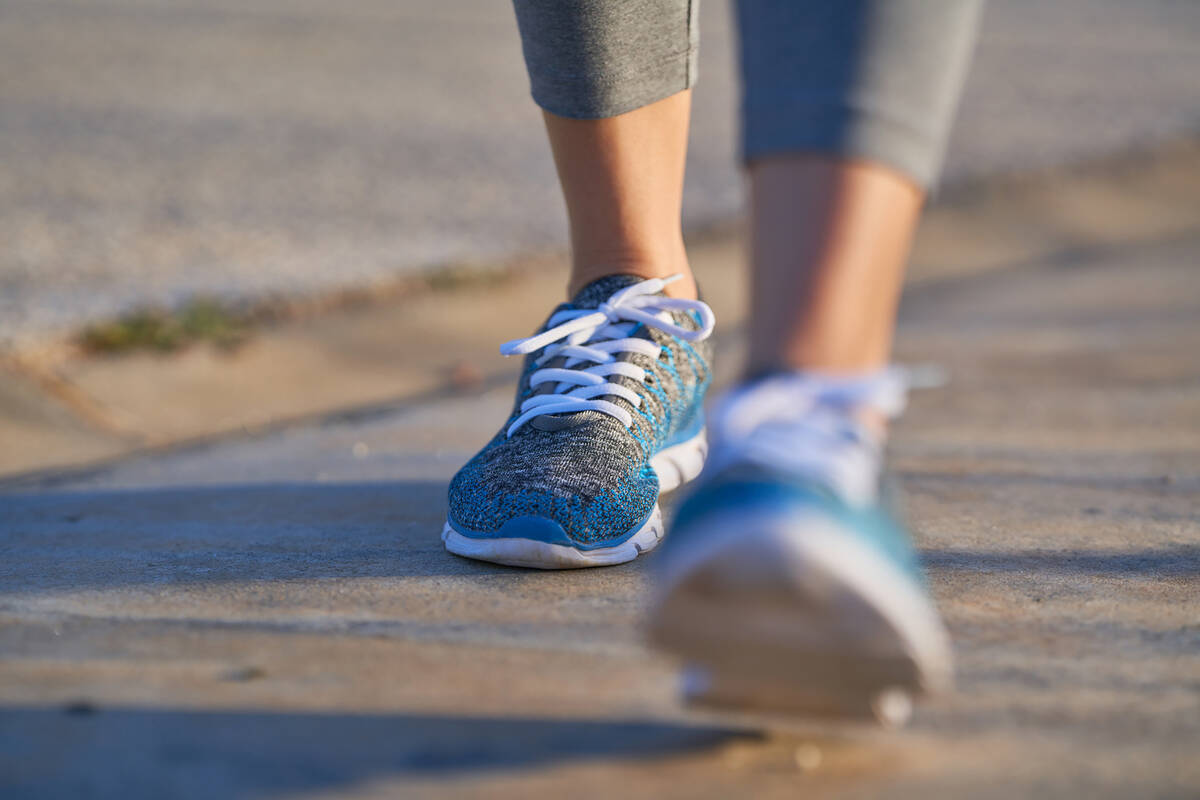What’s the best walking pace for burning calories?
Lacing up your sneakers and getting your steps in may be your go-to workout. But you might wonder if there’s an ideal walking pace to burn the most calories — and actually, there is.
For overall health, however, the American Heart Association recommends that everyone generally spend less time sitting.
As far as exercise goes, the Physical Activity Guidelines for Americans suggest that you get at least 150 minutes per week of moderate-intensity aerobic activity or 75 minutes of vigorous aerobic activity or a combo of the two.
So how does that translate to walking pace and calorie burn? Here’s what experts say about how fast you should walk.
Ideal pace to burn calories
If burning calories is your goal, walking at a brisk pace is best, says Dr. Brintha Vasagar, a family physician in Milwaukee. “The faster your pace, the more calories you will burn.”
Along with burning more calories, brisk walking strengthens the heart and lungs and improves circulation, says Dr. Lauren Wiafe-Ababio, a family physician at PlushCare. This can also improve blood sugar and cholesterol levels.
So, how do you know if you’re walking briskly? Your heart rate should rise and your breathing quicken, she explains, adding, “The example I often use is that you should be walking at a pace where it’s still easy to speak in short sentences but may be more difficult to sing, at least in tune.”
You can also use a smartwatch or heart rate monitor to help, or ask your doctor to monitor your heart rate. Vasagar says your heart rate goal for moderate exercise should be 50 percent to 70 percent of your maximum heart rate.
If that feels too taxing, start slower and gradually increase your speed so that the walk feels challenging, Vasagar adds. At any point, if you feel too uncomfortable, slow down and let your body reset, Wiafe-Ababio says.
Walking duration
While 150 minutes, or about 2½ hours, a week of moderate-level exercise is recommended, consider taking longer walks for extra calorie burn and weight loss, Vasagar says.
“I typically tell people to aim for at least 30 minutes if walking at a brisk pace,” Wiafe-Ababio says. Doing this at least five days a week will meet the 150-minute recommendation.
You could also do three hour-long walks a week to reach the goal, Vasagar adds. Just do what fits into your schedule, she says: “The best exercise schedule is the one that works for your busy life.”
You’ve probably heard that you need 10,000 steps a day. While that’s something to aspire to, you’ll still see benefits with fewer steps.
Research published in 2023 found that sedentary older adults (with high blood pressure and a high risk of cardiovascular disease) saw their blood pressure drop when they increased their steps by 2,500, no matter their starting point.
Along with walking, physical activity guidelines also recommend adding in moderate- to high-intensity muscle-strength movement, such as weights or resistance training, at least two days a week.
Unable to walk briskly?
If you can’t quite reach or sustain a brisk walking pace, don’t worry. “Any walking is better than no walking,” Wiafe-Ababio emphasizes.
Begin with whatever walking pace you’re capable of and gradually increase it. “Start with a 10-minute walk two to three times a week and increase speed and duration slowly,” Vasagar says.
Any pace offers health benefits, she stresses, including for heart health, mood, cholesterol, diabetes and overall well-being.
“Slower walking also supports joint health, improves circulation, and still results in a relative calorie burn,” Wiafe-Ababio says. A small 2022 study showed that both fast and slow walking speeds led to total body fat loss for postmenopausal women, but the subjects actually lost more fat with slower walking.
Walking (and generally being active) can lower your risk of heart disease, stroke, Type 2 diabetes, high blood pressure, dementia, Alzheimer’s disease and some cancers, according to the American Heart Association. It also improves sleep, memory and attention, and enhances balance and bone health.

















